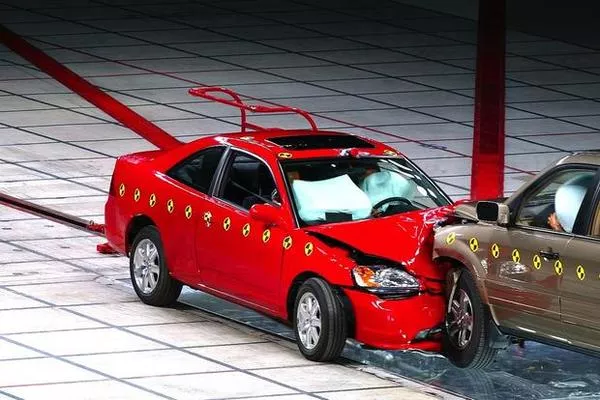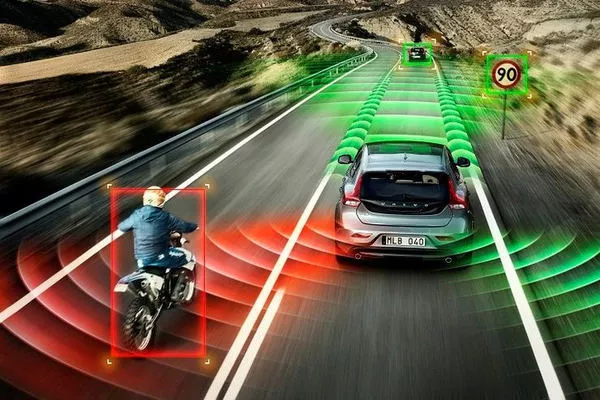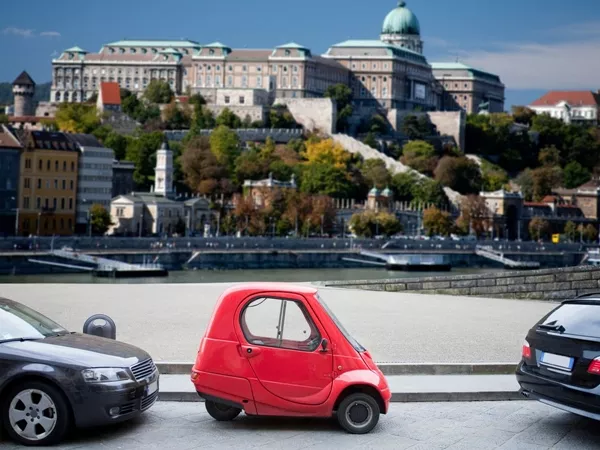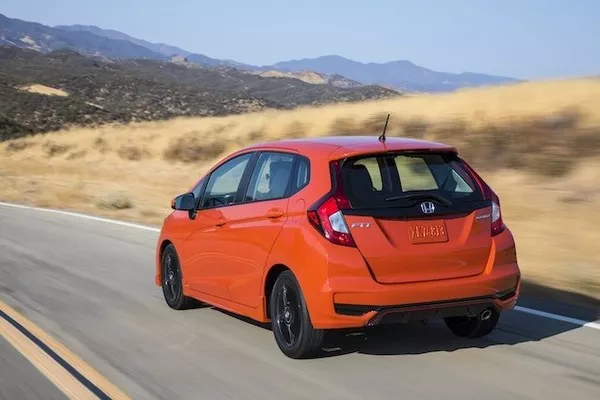The initial question car shoppers frequently asked is if small cars are safe. Most also take into account other things to consider such as, "are light and new cars less safe than those older and heavier cars?", "will a small car grasp its own against a crash with a larger vehicle if it gets a satisfactory crash test rating?"
SMALL CAR vs LARGE CAR 😱 Violent Crash Test
Most, if not all, look for a wholesome vehicle to possess. Others are looking for a safe but affordable car for themselves or their children with their new licenses. To answer these frequently asked questions about small cars, read on this article from Philkotse.com.
Larger vehicles are safer than smaller vehicles
Physics has something to do with this fact. Remember that force is equal to mass multiplied to acceleration.
Thus, bigger cars are heavier, and they have lengthy hoods and larger crush zones than smaller cars that have lighter weight and short hoods. These conditions give bigger cars a greater advantage in terms of frontal crashes.
In the studies conducted by the Insurance Institute for Highway Safety (IIHS), they found out that lighter vehicles will basically be pushed backward by heavier ones during an impact.

These conditions give bigger cars a greater advantage in terms of frontal crashes
This will result in more force exerted to the occupants of the lighter car and lesser to those of the heavier ones. This fatality information is featured on the organization's accumulated data.
The highest vehicle death rate in 2015 is caused by small cars: 64 death cases per million recorded vehicles.

Lighter vehicles will basically be pushed backward by heavier ones during an impact
>>> Related: Is it true that SUVs and bigger cars are safer on the road?
Smaller new vehicles are safer than older ‘tanks’
Some of the masses believe that older vehicles were assembled like tanks, contending them safer than modern cars. This is not true.
A 10-year-old large vehicle that doesn't have electronic stability control (ESC) or side airbags would not do well as a mini one of recent build that is equipped with contemporary safety equipment, and contact avoidance technology in an accident, as stated by the senior research engineer of IIHS, Becky Mueller.

Not everyone has the purchasing power to buy a new one
IIHS noted that ESC is especially significant for SUVs as well as top-heavy trucks because it primarily lessens the vehicle rollover opportunities.
Not everyone has the purchasing power to buy a new one. Mueller added that if you are looking for a second-hand car, check it first if it has ESC and side airbags. For non-luxury and smaller cars, these features are optional most of the time.
>>> Related:
- 7 must-know things to consider before buying a used car
- 6 Tips in Buying Used Cars in the Philippines
Crash-test scores ONLY compare same size classes
Car buyers sometimes mistakenly believe that safety ratings of different sizes are identical. Making it look like a mini car is similarly safe as that of a big SUV. This is a false contention.
The National Highway Traffic Safety Administration (NHTSA) holds its five-star safety evaluations. IIHS executes its personal crash tests and assesses cars for its crash tolerance from Good to Poor, depending on the ability of the driver when it comes to crash survival.
The ratings mentioned above are helpful only when the comparison is between cars with similar size class. It doesn't equate that an NHTSA five-star-rated big sedan protects a five-star-rated small vehicle at the same level. IIHS Good rating holds the same principle.

Car buyers sometimes mistakenly believe that safety ratings of different sizes are identical
In 2009, IIHS produced a video illustrating the differences once different-sized vehicles collide. The smaller vehicle received a greater impact. In the video, Adrian Lund, president of IIHS, said, "While all cars have gotten safer in recent years, you can't repeal the laws of Physics."
Any crash examination program can't cover each accident scenario. Nevertheless, if you purchase a vehicle that has a high score in NHTSA and IIHS tests, the potential cases of grave death and injury will significantly decrease, no matter what size your car is.
IIHS Muscle Car Crash Tests
How vehicles got safer
Due to technological convergence, the safety advances of vehicles have exponentially improved over time. For instance, ESC turned mandatory in all cars beginning in the 2012 model year.
In addition, car assemblers strengthened the protective covering or roofs. They installed many airbags in trucks and SUVs. The insufficient roof strength was the cause of not being able to protect the occupants once in a crash.

Due to technological convergence, the safety advances of vehicles have exponentially improved over time
Recently, the machine-driven emergency braking as well as forward collision cautionary scheme brought by active safety technology to myriad, various cars, primarily prevents them from meeting accidents.
Consequently, due to these changes, each car size class has observed a considerable decrease in terms of deaths for the last ten years.
>>> Related:
- 7 must-have active safety features in modern car
- 12 safety features of modern cars you should understand
Would it be a good idea for us to be driving SUVs?
The safest car category is SUV, and the trend remains until today, even with the issues of roof strength deficiency and rollovers.
SUVs are not prone to situations like the "override." A vehicle tends to slide below some other vehicle during a crash for SUVs are taller.
Big and bigger SUVs paved the way in 2015 data. It recorded 14 and 13 deaths per million, respectively.

A vehicle tends to slide below some other vehicle during a crash for SUVs are taller
For the last ten years, there has been a 71 percent decrease in fatality rate caused by large SUVs. On the other hand, the famous miniature SUV class noted a decline of 60 percent in death rate.
As ESC became a standard spec of cars, at present, the most significant fall in deaths for the last ten years came from pickup trucks. Large trucks have seen a 63 percent fall in fatalities and a 78 percent drop in small trucks.
Within any presented vehicle variety, larger is still safer. On the contrary, that doesn't imply that all interested car buyers must have a big SUV.

All experts concur that your driving skill is the fundamental factor of safety
There are other considerations aside from safety. Those are fuel efficiency, cost, and your driving necessities. SUVs are not suitable for everyone.
Disregarding the type of car you drive, all experts concur that your driving skill is the fundamental factor of safety. The contributors to greater than 90 percent of crash accidents are behavior factors and human performance, as stated by the NHTSA.
Recent posts
- Which are better - bigger engines or small turbocharged engines? Dec 04, 2020
- What are the pros and cons of small displacement engine? Mar 19, 2019
- Does a small engine mean fuel efficiency? Oct 20, 2020
- Top 5 best small cars in the Philippines in 2018 Feb 14, 2023












